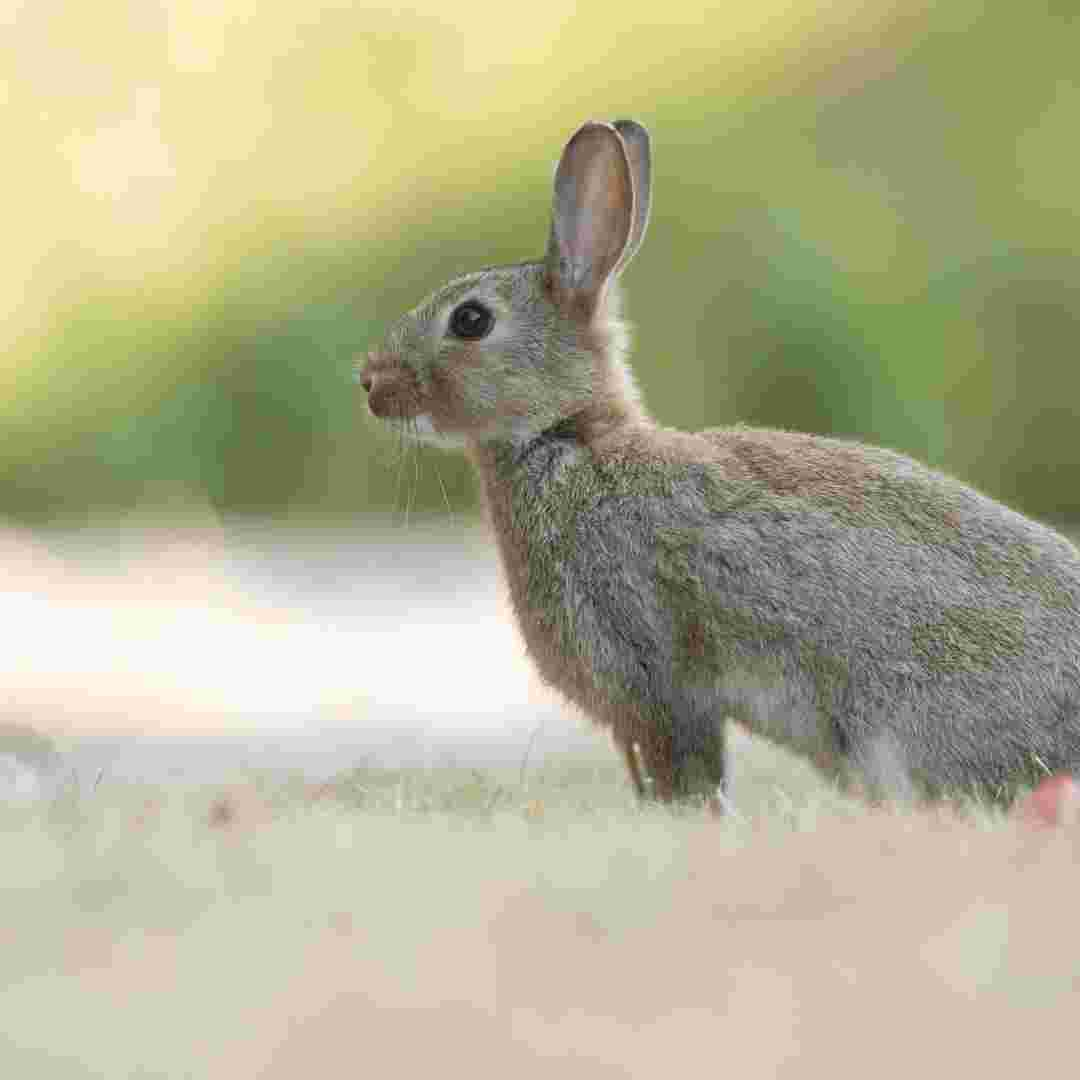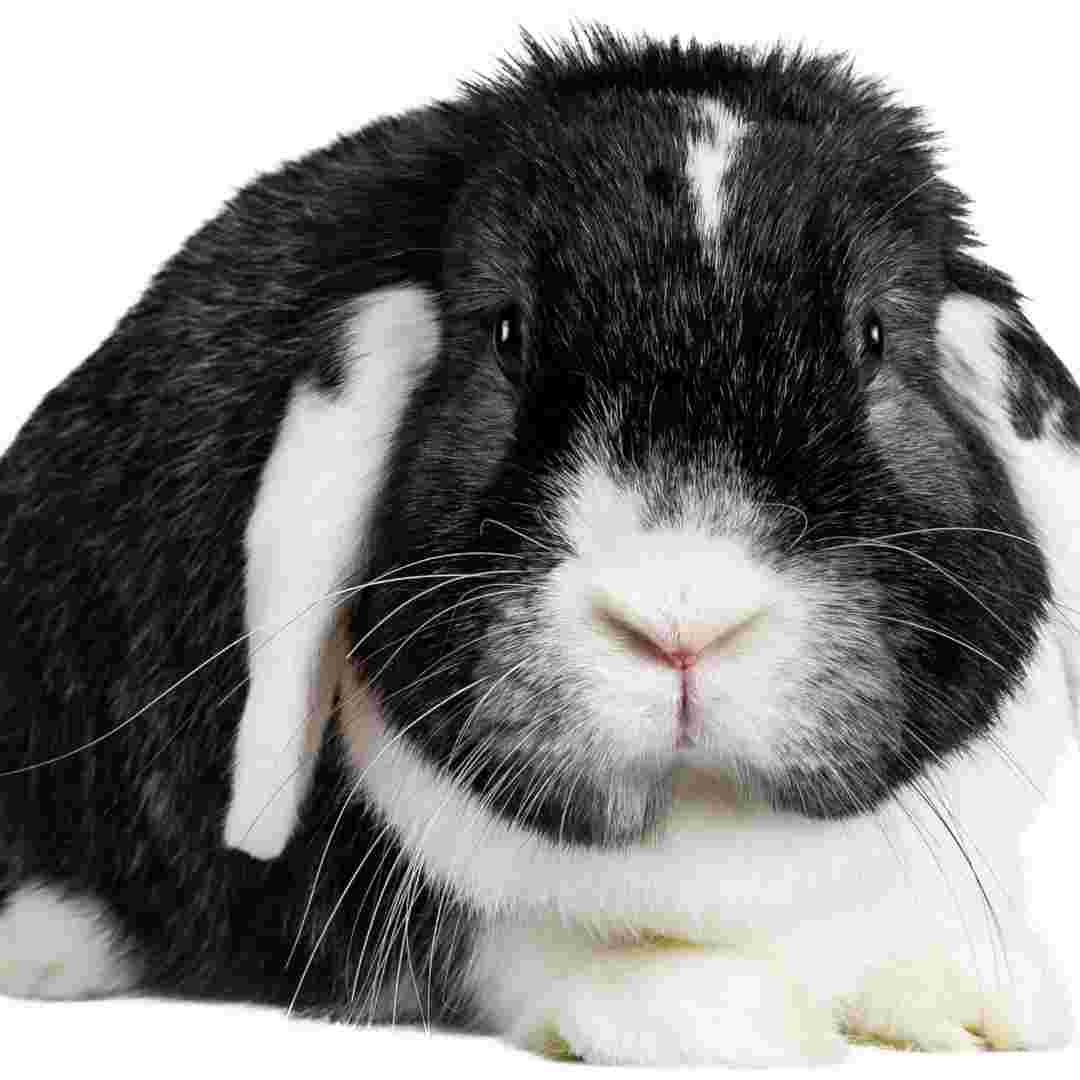Contents Table
Introduction
How do rabbits reproduce?
Rabbit Breeding Benefits: Before You Begin
Rabbit Genetics: Essential Knowledge
Rabbit Care Basics: How to Keep Your Rabbits Healthy
Rabbit breeding pros and cons: is it right for you?
Q&A
Conclusion
Introduction
Rabbits breed quickly and generate many offspring. Rabbits have up to 12 offspring and mature sexually young. Rabbits have an intriguing and complex reproductive cycle. Rabbits can have numerous litters in a year due to their reproductive system. From courting until birth, this article explains rabbit reproduction.
How do rabbits reproduce?
Rabbits reproduce frequently and depend on their reproductive cycle. We can better comprehend rabbit behaviour and care by understanding their reproductive cycle.
Sexual maturity occurs about four months in rabbits. Females can have up to twelve kits and conceive within hours. Rabbits reproduce through estrus, mating, gestation, and lactation.
Estrus enlarges the female rabbit's reproductive organs and makes her sexually receptive. This period usually lasts 2–3 days. This is when the female lets the male mount and mate.
Mating usually happens at night or dawn. Male rabbits mount females and shove their pelvises against them. It can take several minutes.
After mating, the female begins gestation. This stage usually lasts 28–31 days. Females prepare for kit delivery during this time.
The female gives birth to her kits after gestation. The female rabbit will lactate to feed the blind, vulnerable young. The mother produces milk for her young for four to five weeks during lactation.
After weaning the kits, the female rabbit will enter estrus and reproduce again.
Pet and food rabbit owners must understand their reproductive cycle. Understanding the cycle can help us keep our rabbits healthy and productive.
Rabbit Breeding Benefits: Before You Begin
Breeding rabbits can be enjoyable, but you should weigh the pros and risks before starting. Social rabbits make fantastic pets, but they need a lot of care.
Profitability is a major benefit of rabbit breeding. Pets, show, and meat rabbits are sold. However, breeding rabbits is a business, so it's necessary to investigate the market and grasp the costs before starting.
Breeding rabbits can enhance the breed. Breeders can increase rabbit health and quality by carefully selecting parents and monitoring offspring. This can be rewarding for breed enthusiasts.
Finally, breeding rabbits can teach kids responsibility and animal care. Rabbits are easy to care for, and kids can do it.
Before breeding rabbits, weigh the pros and cons. Although time-consuming and expensive, rabbit breeding is rewarding. Before investing, examine the breed and rabbit breeding and care costs. Additionally, rabbit health and well-being must be considered. Before breeding rabbits, you should know the risks. It can be a terrific way to make money, develop the breed, and teach kids responsibility.
Rabbit Genetics: Essential Knowledge
Rabbit genetics is intriguing and difficult. Understanding rabbit genetics can help breeders make good decisions and keep their bunnies healthy.
Rabbits inherit chromosomes from both parents. Each chromosome carries genes that govern rabbit coat colour, fur type, and body shape. White, black, grey, brown, and agouti are rabbit coat colours. Fur can be long or short, and the body might be compact or lop-eared.
Rabbits also inherit several genetic features from their parents. This includes eye colour, ear form, and coat pattern. These dominant qualities will be manifested in the offspring regardless of the other parent's DNA. Other features are recessive, meaning they only appear if both parents inherit the gene.
Besides morphological features, rabbits might have hereditary disorders. These disorders might be mild or severe and inherited from either parent. Ear mites, respiratory infections, and malocclusion are common rabbit hereditary disorders. Keep an eye out for hereditary illnesses in your rabbits and prevent them from spreading.
Finally, rabbit breeding basics are crucial. To produce healthy, well-adjusted rabbits, breeders must consider both parents' genetic qualities. You must also learn rabbit feeding and care to keep your rabbits healthy and happy.
Understanding rabbit genetics can be challenging, but with the correct knowledge and resources, it can be fun. You can keep your rabbits healthy by studying rabbit genetics.
Rabbit Care Basics: How to Keep Your Rabbits Healthy
Rabbits are fun pets, but they need specific care. Understanding rabbit care basics is crucial to caring for your bunnies. Nutrition, housing, exercise, and health care for rabbits will be covered in this article.
Rabbit diet: Healthy eating is crucial. They should eat hay, fresh veggies, and some pellets. Hay should be their main food because it contains fibre and aids digestion. Give pellets in moderation and fresh veggies everyday.
Housing: Rabbits need a safe, large enclosure. They should have room to move and play in the enclosure. It should also be predator-proof and escape-proof.
Bunnies need lots of exercise to keep healthy. Let them play and explore beyond their enclosure. A secure, contained space or supervised playpen can be used.
Rabbit health: Regular vet visits are necessary. They should be inoculated against parasites and common infections. Regular grooming keeps rabbit fur clean and mat-free.
Following these basic recommendations will keep your rabbits healthy and happy. Rabbits make great pets for years with proper care.
Rabbit breeding pros and cons: is it right for you?
Many individuals enjoy rabbit breeding, but not everyone. Before breeding rabbits, weigh the pros and cons.
Pros
Profitable rabbit breeding is a major benefit. Rabbit meat, fur, and pets all in demand, thus selling them could be profitable. Rabbits are easy to care for and require little space, making them ideal for low-income households.
Rabbit breeding can also be beneficial. Watching rabbits grow can be rewarding. It can also teach kids responsibility and animal care.
Cons
Time and labour are major limitations to rabbit breeding. Breeding and keeping rabbits requires daily care and effort. Disease and injury are also risks that can be costly to treat.
Rabbit breeding can also be emotionally draining. Once ready to sell, rabbits can be hard to part with, and illness or injury might happen.
Conclusion
Not everyone enjoys rabbit breeding, but it may be profitable. Before breeding rabbits, weigh the pros and downsides and decide if it's good for you.

Q&A
1. How do rabbits reproduce?
Sexually reproducing rabbits. Male rabbits mount females and place their penis into their vagina. This is mating.
2. How often do rabbits breed?
Rabbits often have three to four litters every year.
3. How many kids can a rabbit have?
Rabbits can have 2-12 offspring per litter.
4. What is the rabbit birthing time?
Rabbits usually give birth after 28–31 days.
5. How long are baby rabbits with their mother?
After 8 weeks with their mother, baby rabbits are weaned and able to live independently.
Conclusion
Through ovulation, rabbits reproduce and have babies. Male rabbit sperm fertilises female rabbit eggs. Fertilised egg travels via female fallopian tubes and implants in uterus to become a rabbit. Each litter of rabbits normally has four to eight pups.
